By Chinenye Anuforo
Africa’s digital economy received a major boost on Thursday as Open Access Data Centres (OADC) officially launched its Open Access Fabric (OAfabric) platform in Nigeria and the Democratic Republic of Congo (DRC).
The new platform, described by OADC’s Chief Executive Officer, Dr Ayotunde Coker, as a shift in what is possible for Africa’s digital economy, is designed to dismantle long-standing barriers that have slowed down cloud adoption, enterprise growth, and cross-border interconnection across the continent.
OAfabric, now live at OADC Lagos and OADC Texaf in Kinshasa, offers businesses direct, low-latency, and secure interconnection to global cloud platforms and local ecosystems, tackling high internet transit costs, latency challenges, regulatory hurdles, and the absence of affordable colocation infrastructure.
“We designed OAfabric around the real challenges African businesses face. It is about solving problems, reducing the cost to compute, improving performance, unlocking access to cloud and content, and creating an environment where companies can scale with confidence while accelerating time to market,” Coker said at a press conference in Lagos.
The launch marks the latest milestone in WIOCC Group’s broader pan-African strategy, which has steadily expanded from its first major project, the Eastern Africa Submarine System (EASSy) cable subsea investment in East Africa, to a continent-wide digital infrastructure network. The company today boasts strategic stakes in Google’s Equiano and Meta’s 2Africa cables, national fibre rollouts in Nigeria and South Africa, and hyperscale-ready data centres across Lagos, Kinshasa, Johannesburg, Durban, and Cape Town.
Coker emphasised that Nigeria, with its strategic geographic advantage, stands to benefit enormously from OAfabric. Lagos enjoys latency of about 50 milliseconds to Europe, half of what standard open internet connections deliver, making it a prime hub for international cloud adoption and AI workloads.
“OAfabric is not just infrastructure; it represents transformation. By removing barriers and enabling seamless, high-performance peering between local and global players, it provides the frictionless interconnection needed to access digital services more efficiently,” Coker added.
The OAfabric platform integrates directly with OADC’s carrier-neutral data centres, already home to carriers, internet exchanges, and enterprises. In Lagos, the flagship Lekki data centre is operational with 2MW capacity and plans to scale up to 24MW, while Kinshasa’s facility has transformed the city’s digital landscape in just months, mirroring the growth Lagos experienced a decade ago.
Beyond performance, resilience is another core strength. During last year’s subsea cable cuts, WIOCC’s infrastructure enabled Nigeria’s connectivity to be restored in days rather than months, underscoring the company’s $500 million investment in subsea capacity and redundant architecture.
With AI and cloud driving new demands for compute, dense interconnection, and scalable power, OAfabric positions Africa for the next phase of digital growth. Expansion into additional African markets is already planned, with the aim of creating a truly pan-African digital fabric.
“OAfabric makes what was once difficult, expensive, or out of reach now possible. This is Africa building for Africa on a global standard,” Coker said.

















Leave a comment